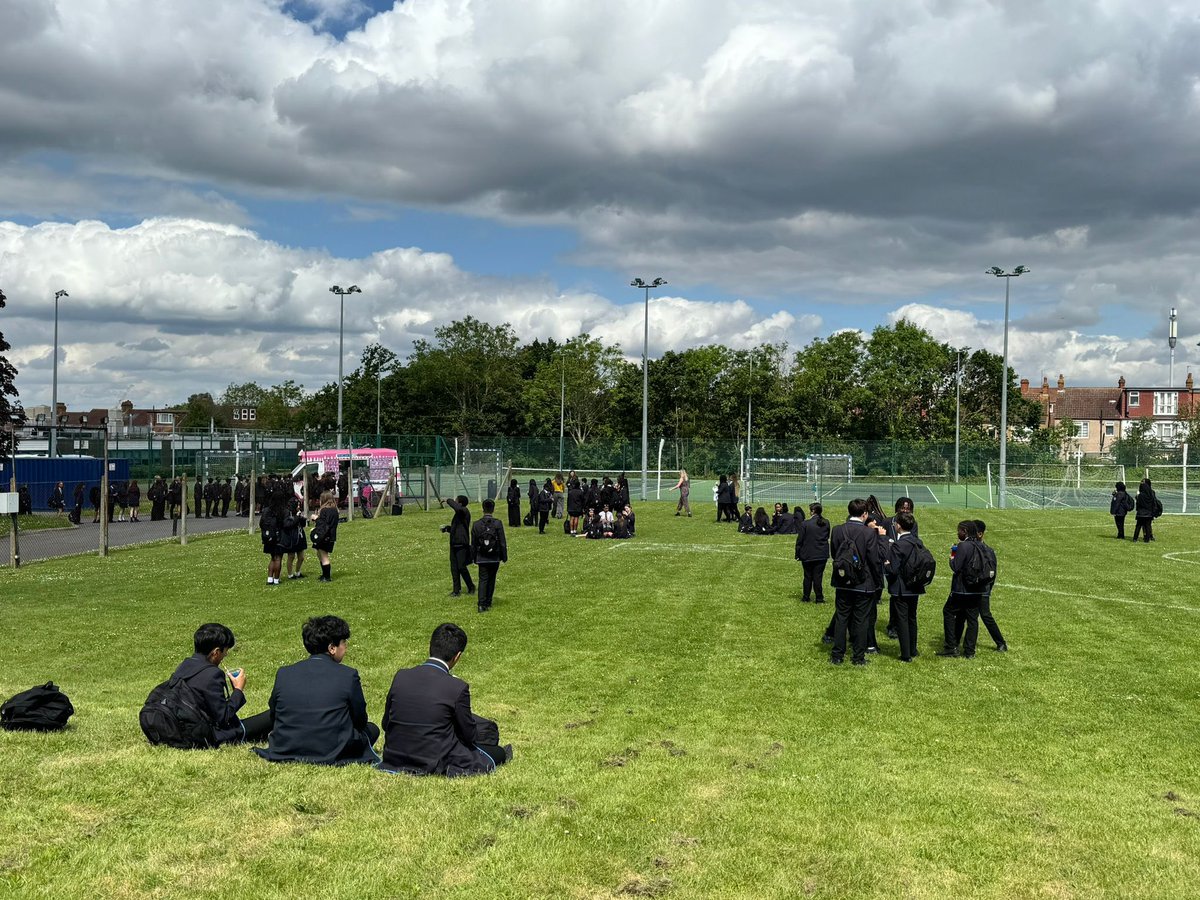SEND Code Of Practice
Here is the link to the SEND Code of Practice SEND Code of Practice 0 – 25 (Jan 2015)
Children with SEND are generally thought of in the following four broad areas of need and support: communication and interaction, cognition and learning, social, emotional and mental health and sensory and/or physical needs.
These areas give an overview of the range of needs that schools should plan for. However, individual children often have needs that overlap all areas and may change over time.
Key points from the SEN Code of Practice
The Code of Practice covers the 0-25 age range and includes guidance relating to disabled children and young people as well as those with SEN
- There is a clear focus on the participation of children and young people and parents in decision-making at individual and strategic levels
- There is a stronger focus on high aspirations and on improving outcomes for children and young people
- It includes guidance on the joint planning and commissioning of services to ensure close co-operation between education, health and social care
- It includes guidance on publishing a Local Offer of support for children and young people with SEN or disabilities
- For children and young people with more complex needs a co-ordinated assessment process and the new 0-25 Education, Health and Care plan (EHC plan) replace statements and Learning Difficulty Assessments (LDAs)
- There is a greater focus on support that enables those with SEN to succeed in their education and make a successful transition to adulthood



















